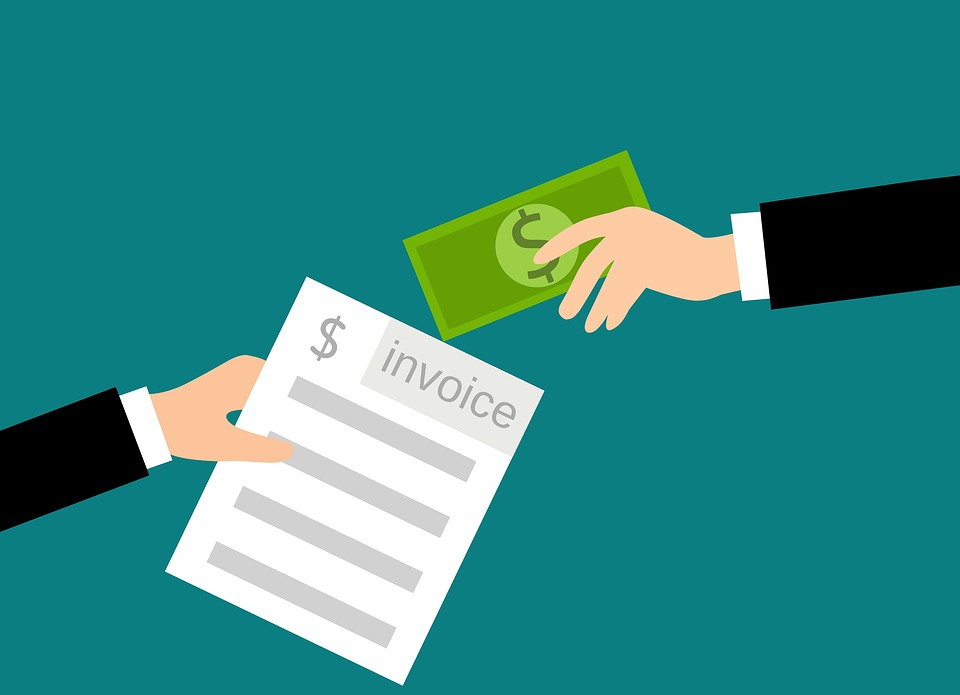The Consumerist Guide To Understanding Your Cable TV Bill
Imagine it is a bright Saturday morning and you are chilling in your garden, soaking in the warmth of the sun. You get hold of the newspaper and start reading it while sipping your favorite vanilla latte. When all of a sudden you receive a notification, which makes a shiver run down your spine. It is your cable bill, which is trying very hard to make you penniless.
Author:Celeste PearlReviewer:Kelly HayesJun 08, 2022152K Shares2.4M Views

Imagine it is a bright Saturday morning and you are chilling in your garden, soaking in the warmth of the sun. You get hold of the newspaper and start reading it while sipping your favorite vanilla latte. When all of a sudden you receive a notification, which makes a shiver run down your spine. It is your cable bill, which is trying very hard to make you penniless.
You take a deep breath and start comprehending why these cable companies are being so hard on your wallet. Well to be very honest, a lot of us are not very literate when it comes to understanding our cable bills. We are aware that many cable companies charge you hefty amounts after which you start doubting your decision of going with cable.
However, there are still some providers who focus on being easy on your wallets and bless you with deals and offers that make your cable experience worthwhile. For instance, Charter Spectrumis one of the prominent providers that offer various plans as well as bundle deals. You can get your hands on numerous TV channels like CNN, Discovery Channel, and HGTV. Thus, you can enjoy both lower costs and an amazing channel lineup, making it a win-win situation for you.
Nevertheless, we believe it is very important for us to fully understand our cable bills to avoid any inconvenience in the future. We are also aware that comprehending these bills can be a very tiring and time-consuming task.
Spending numerous hours agonizing over your bill is the last thing you would want to do. Do not be concerned! We are here to help you figure out how to read your cable bill.
Providers
Primarily, you have the option of selecting a service provider. There are two fundamental categories.
- Non-cable
- Cable
Pay Per View And Premium Channels
You may also have "premium" channels on your television. These premium channels are typically offered at modest introductory fees, which escalate to $10 - $15 per month after six months or so. Premium subscription sports networks further increase the total prices.
Individual pay-per-view or video-on-demand movies cost extra, ranging from $4 to $10 for each program. This can quickly add up to a significant increase in your monthly payment.
Equipment
Depending on your arrangement, your cable statement will display charges for equipment that may be required to access your TV programs. For each of your TVs, you will most likely "rent" a set-top box from the cable company. Instead, you use a "DVR" (digital video recorder) to record TV shows.
You can use the DVR to watch TV shows later or to automatically record every episode of a daily or weekly show. Using the "Fast Forward" button on your DVR's remote control, you may also skip advertisements (typically 20-25 percent for every hour of TV programming).
Additional Cable Fees
One cable company charges an "HD" (high definition) price, as well as a set-top-box fee that may contain a DVR. The monthly cost difference is only a few dollars. Some cable subscribers choose an "equipment protection" or "wire protection" plan, which is a sort of "insurance" or service contract provided by the cable company for the subscriber's home wiring.
How Can You Save Money On Cable?
Here are a few ways for lowering your total cable bill expenditures in a nutshell:
- Reduce the number of channels in your service tier.
- Make changes to your bundle choices. Remove your landline and replace it with a cell phone, as an example.
- If you have a range of providers and are not locked into a long-term contract, see if you can get a better bargain from another supplier.
- Look into the price of splitting your bundled services across various suppliers to see if you may save money.
- Negotiate: Tell your current provider that you are switching to a new provider so that you can take advantage of their reduced new subscriber offer, but that you will stay with your current provider if it can do the same or better. Also, remind your provider that you want your DVR free or at a reduced fee for the following 6-12 months.
- Remove any or all "premium" movie and sports channel services.
- Instead of paying for premium movie channels, you can rent movies from businesses such as "Redbox" ($1 per day).
- Instead of paying for cable TV, utilize the Internet to "stream" TV shows if you do not watch much "live" television.
- Alternatively, an indoor antenna can be used to receive free over-the-air programming from local TV channels.
- Instead of paying for extra cable outlets, use an antenna for rarely used TVs.
- If you have a higher-than-base-speed Internet subscription, consider whether you need and use it.
- Any "wire service" or "protection plan" should be weighed against the cost-benefit ratio.
Final Words
Every month, pay special attention to your cable bill. The first step in resolving a mistake is to call your cable company. Meanwhile, remember that rather than withholding payment, you should pay a debt in dispute. Otherwise, a cable company may pursue you for payment, which would almost certainly result in a poor credit record. We hope by now you have gotten a clear insight into your cable bill and you would not be shocked the next time you see your bill.

Celeste Pearl
Author
Celeste Pearl is an accomplished writer and expert in numerology, astrology, and spirituality.
With a Bachelor of Arts in Journalism and over 6 years of writing experience, Celeste brings a wealth of expertise to her articles, making complex topics accessible and engaging for readers.
Her passion for metaphysical sciences is evident in her insightful content, where she explores the depths of these subjects with clarity and depth.
Beyond her professional pursuits, Celeste enjoys delving into spiritual practices and connecting with nature for inspiration.

Kelly Hayes
Reviewer
Kelly Hayes is a seasoned journalist with over 10 years of experience, specializing in news reporting and horoscope analysis. She holds a Bachelor's degree in Journalism from New York University, enhancing her credibility and expertise in the field.
Kelly's writing style is characterized by clarity, depth, and a commitment to delivering credible information. Her published works across various platforms showcase her knack for engaging storytelling and insightful analysis.
Readers trust Kelly's expertise in both current events and astrological interpretations, making her a sought-after authority in journalism.
Apart from her professional activities, Kelly enjoys exploring new cultures, practicing yoga, and engaging in philanthropic activities.
Latest Articles
Popular Articles